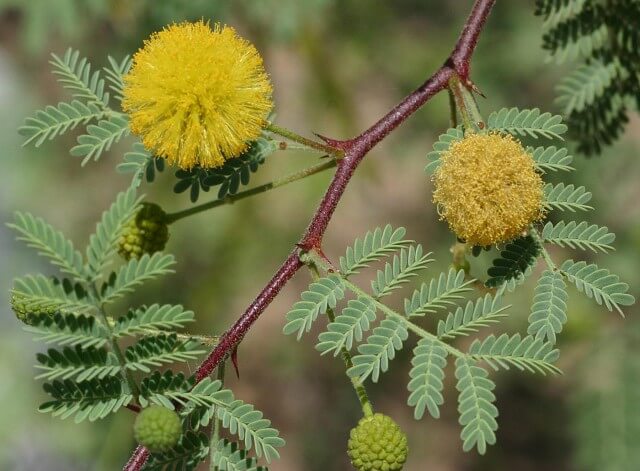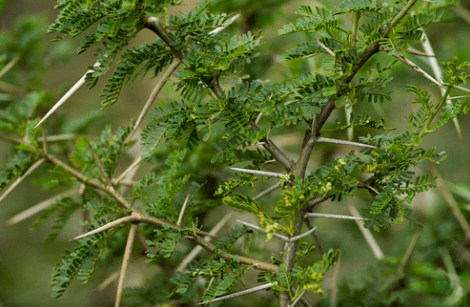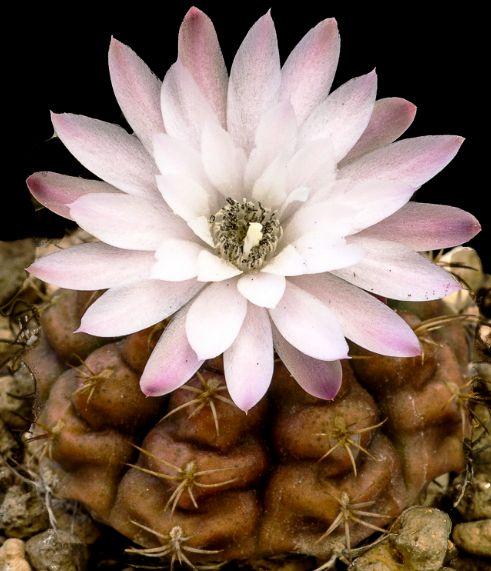Yashtimadhu/ Liquorice, मुलेठी Medicinal Benefits
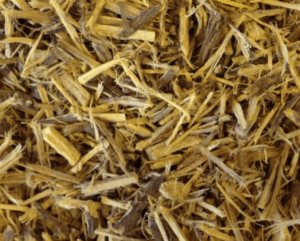
Botanical Name-Glycyrrhiza glabra
Common Name–Mulethi
Family-Leguminosae (Simbi kul)
Habit–A tall perennial under shrub about 2-4 ft. in height.
Properties
Property-Heavyness, oilyness
Taste-Sweet
Potency-Cooling Metabolic
Property-Sweet
Specific Property
- Vata-Pitta-Samak
- Ophthalmic
- Health promotor
- Complexion Promotor
- Spermopoietic
Part Used-Root
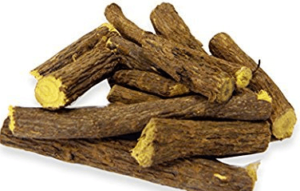
Description-Liquorice (UK) or licorice (North America) is the ‘root of Glycyrrhiza glabra (from the Greek meaning ‘sweet root’), from which a sweet flavour can be extracted. The liquorice plant is a legume (related to beans and peas), native to southern Europe and parts of Asia. It is not related to Anise, Star Anise and Fennel, which are the source of superficially similar flavouring compounds. It is an herbaceous perennial, growing to 1 m in height, with pinnate leaves about 7-15 centimeters (3-6 in) long, with 9-17 leaflets. The flowers are 0.8-1.2 cm (1/2 -? in) long, purple to pale whitish blue, produced in a loose inflorescence. The fruit is an oblong pod, 2-3 centimeters (1 in) long, containing several seeds. The flavor of licorice comes mainly from a sweet-tasting compound called anethole, an aromatic, unsaturated ether compound also found in anise, fennel, and other herbs. Additional sweetness in licorice comes from glycyrrhizic acid, an anti-viral compound significantly sweeter than sugar.
Powdered liquorice root is an effective expectorant, and has been used for this purpose since ancient times, especially in Ayurvedic medicine where it is also used in tooth powders and is known as Jastimadhu. Modern cough syrups often include liquorice extract as an ingredient. Additionally, liquorice may be useful in conventional and naturopathic medicine for both mouth ulcers and peptic ulcers. Non-prescription aphthous ulcer treatment CankerMelts incorporates glycyrrhiza in a dissolving adherent troche. Liquorice is also a mild laxative and may be used as a topical antiviral agent for shingles, ophthalmic, oral or genital herpes. The compound glycyrrhizic acid, found in liquorice, is now routinely used throughout Japan for the treatment and control of chronic viral hepatitis, and its transaminase-lowering effect is clinically well recognized. Recent studies indicate that glycyrrhizic acid disrupts latent Kaposi sarcoma (as also demonstrated with other herpesvirus infections in the active stage), exhibiting a strong anti-viral effect.
In traditional Chinese medicine, liquorice is commonly used in herbal formulae to ‘harmonize’ the other ingredients in the formula and to carry the formula into all 12 of the regular meridians and to relieve a spasmodic cough.
Dosage Powder -3-5 gms.
Uses
- Madhuysati is useful in hyper acidity and peptic ulcer.
- In Retension of Urine-Mulethi should be taken with rice-water.
- In Heart diseases-Mulethi should be taken with milk or ghee and honey.
- In wounds-Paste of Mulethi mixed with ghee is wound healer.
- In Anemia-One should take decoction of Mulethi or powder of the same with honey.
- A decoction of the Mulethi root is a good wash for falling and graying of hair.

